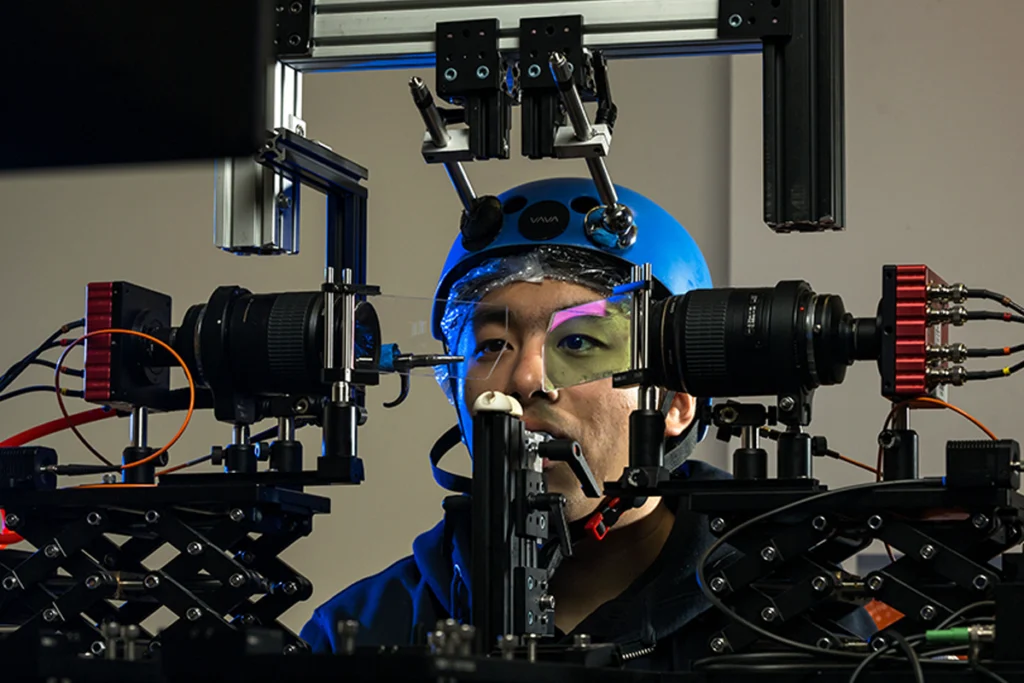Hospital overhaul; essay errors; silent shopping
Flagship National Institutes of Health hospital undergoes a staff shake-up, scientists criticize an essay by a Pulitzer Prize-winning author and a supermarket offers silent shopping hours.
- A leadership overhaul at a flagship research hospital at the National Institutes of Health (NIH) was announced to staff this week, according to The Washington Post.
The restructuring at the NIH’s Clinical Center is aimed at improving patient safety, which had become “subservient to research demands,” according to an independent review committee commissioned by NIH director Francis Collins. The changes came in response to the public disclosure of some embarrassing events at the facility, including a fungal contamination last year in the hospital’s pharmacy unit.
The 200-bed hospital opened in 1953 and has pioneered research related to chemotherapy, treatments for heart attacks, heart valve replacements and blood tests for AIDS. Hospital staff treated Nina Pham, a nurse who was sickened with Ebola when an infected man traveled to Dallas from West Africa during the 2014 outbreak.
Planned changes at the center include hiring for at least three new jobs — chief executive, chief operating officer and chief medical officer — the newspaper reported. A new compliance officer position also has been created.
- A New Yorker magazine essay by Pulitzer Prize-winning physician Siddhartha Mukherjee has drawn criticism from several scientists.
The essay explores the history of the field of epigenetics, the study of modifications to DNA that regulate gene expression without altering the sequence. Critics say the essay exaggerates the role of histones, protein ‘spools’ that organize and serve as scaffolds for DNA in animal cells, in controlling gene expression. They also fault the piece for not mentioning proteins called transcription factors, which attach to specific sites on DNA to turn genes on and off.
The New Yorker released a statement that it stands by the essay. Mukherjee told Nature that he now thinks his essay overemphasizes the “speculative” role of histone modification and ‘DNA methylation,’ another process thought to regulate gene expression.
“This was an error,” he told Nature. Mukherjee is also author of The Emperor of All Maladies: A Biography of Cancer. If he had mentioned transcription factors in the essay, it could have helped to avoid “an unnecessarily polarizing reading of the piece,” he told Nature.
In an email to Undark magazine, Mukherjee also blamed the editing process for omissions in the essay’s coverage of the history of gene regulation.
The New Yorker piece excerpts from a chapter in Mukherjee’s forthcoming book, The Gene: An Intimate History, set for release next week. The book chapter will discuss gene-regulation research more broadly, the author says.
- Esteban G. Burchard at the University of California, San Francisco, wants better representation of people of color as study participants and leaders in biomedical research. His work, however, has drawn some criticism.
In a new paper in Immunogenetics, Burchard’s team identifies a genetic variant associated with asthma in African-American children. The work has important implications for treating the disorder in this population. Research that fails to include participants of African ancestry, for instance, can result in medications that do not work well for many such people.
But not everyone agrees that teasing out the genetic roots of disorders in minorities is a good thing. Michele Goodwin, law professor at the University of California, Irvine and director of the Center for Biotechnology and Global Health Policy, says that academic attention given to genetics and race can provide ammunition to racists, who might argue that health problems of people of color are inevitable and therefore merit no intervention.
And she argues that investigating the genetic bases of disease can steal attention from environmental factors, which tend to have an outsized influence on minorities and people of low socioeconomic status. “There’s an audience that’s very willing to reduce all of this to genetics, which says, ‘We don’t really need to do anything because they’re genetically predisposed to these kinds of things,’” Goodwin told BuzzFeed.
Marquitta White, a postdoctoral researcher in Burchard’s lab, disagrees. White says it should be acceptable to look into whether relationships exist between genetics and ancestry.
- A grocery store in Manchester, United Kingdom, offered a ‘quiet hour’ last weekend. The experiment was aimed at improving the shopping experience of people with autism and those with disabilities.
In response to a suggestion from an area resident, the Asda Living store maintained as much silence as possible when it opened an hour early on Saturday morning.
“It’s very simple,” the store’s owner, Eugene Scally, told a radio interviewer. “All you have to do is make sure the music is off, turn down the lights and make sure the phones aren’t ringing or nobody goes shouting into the [loudspeaker] calling someone for the phone.”
The relative silence seemed to improve the behavior of children with autism who came to the store, says Scally, who now plans to make the quiet period a weekly event. It is set to occur Tuesdays from 7:00 to 9:00 p.m. Other U.K. stores plan to try out the concept, according to newstalk.com.
Explore more from The Transmitter

Visual perception improves in the blink of an eye

